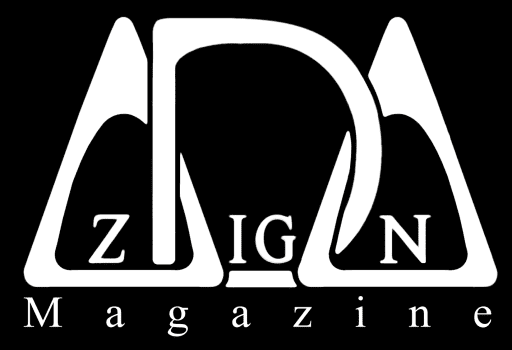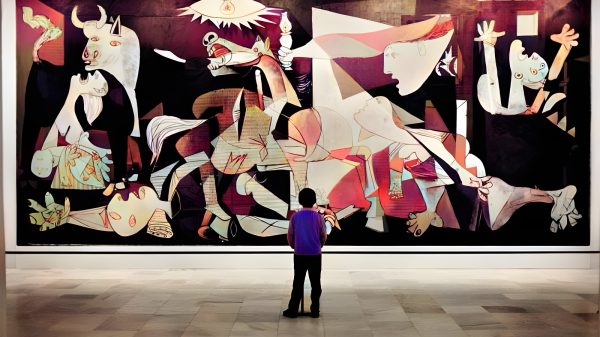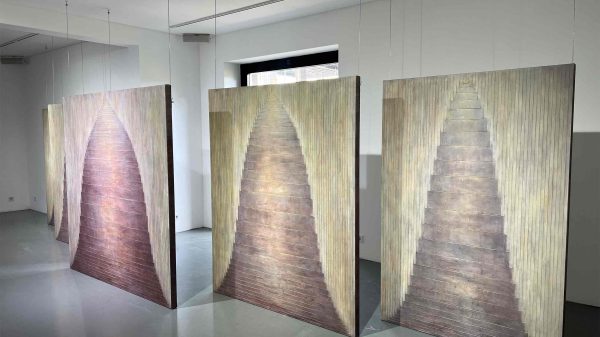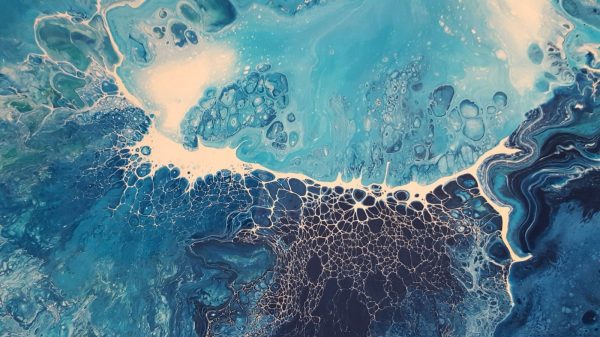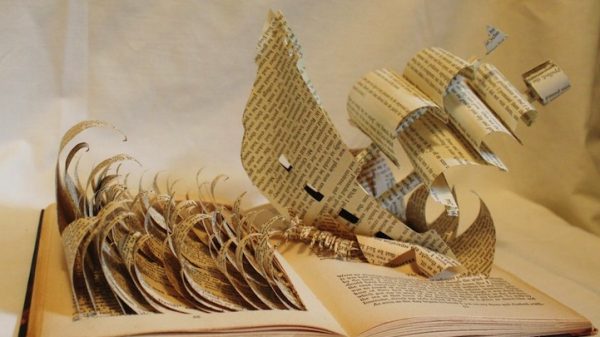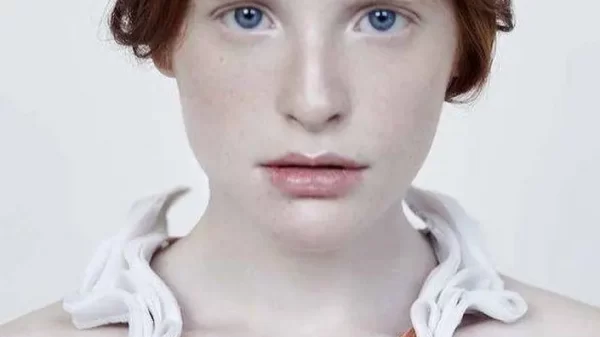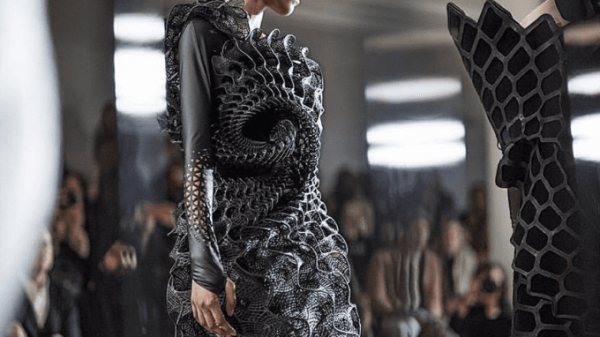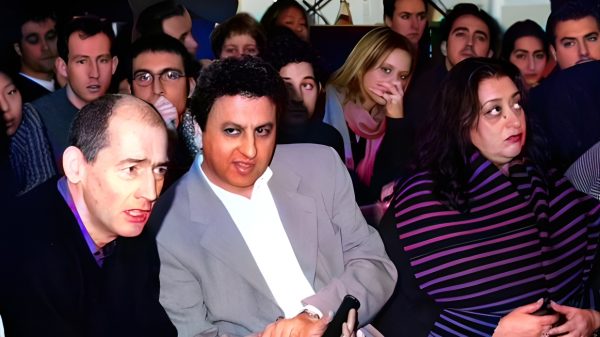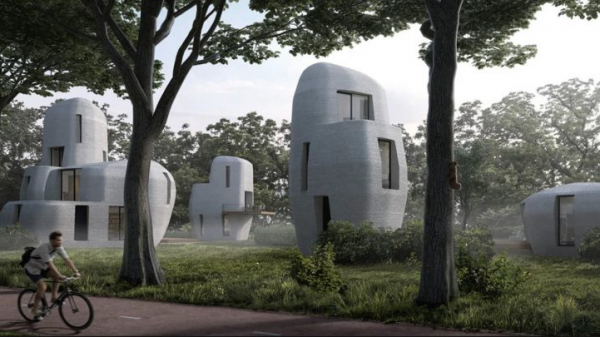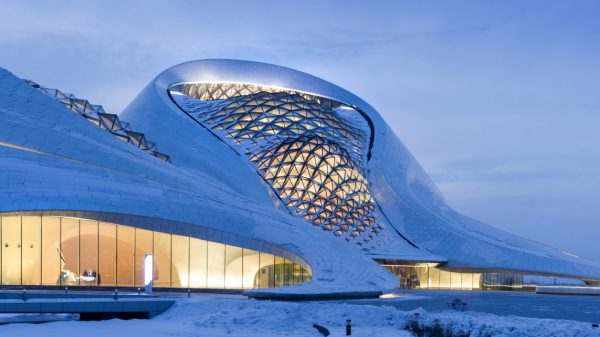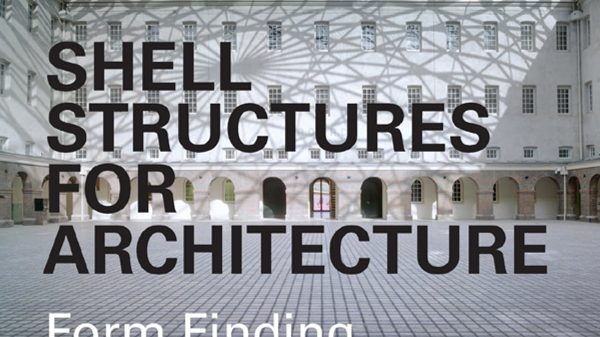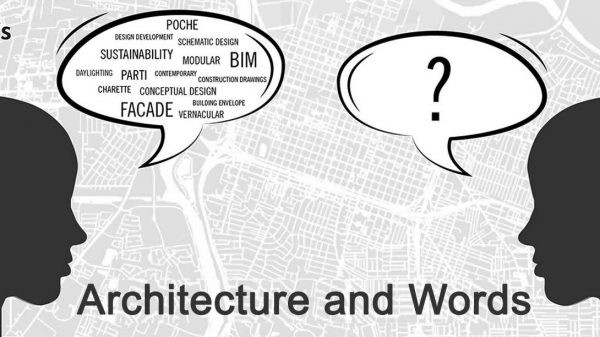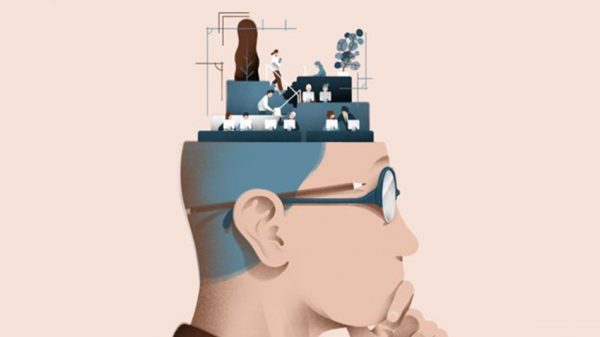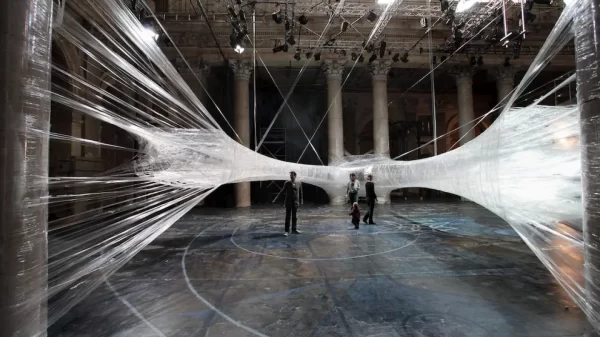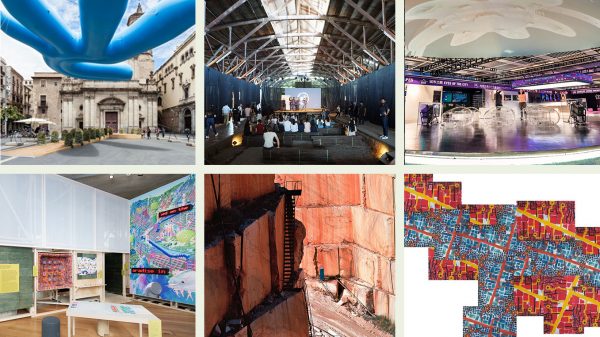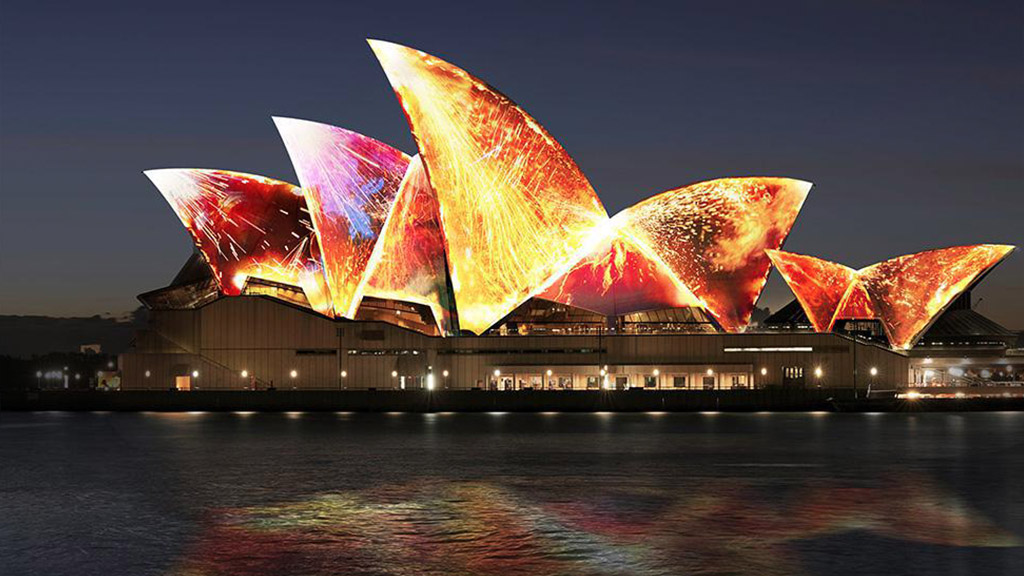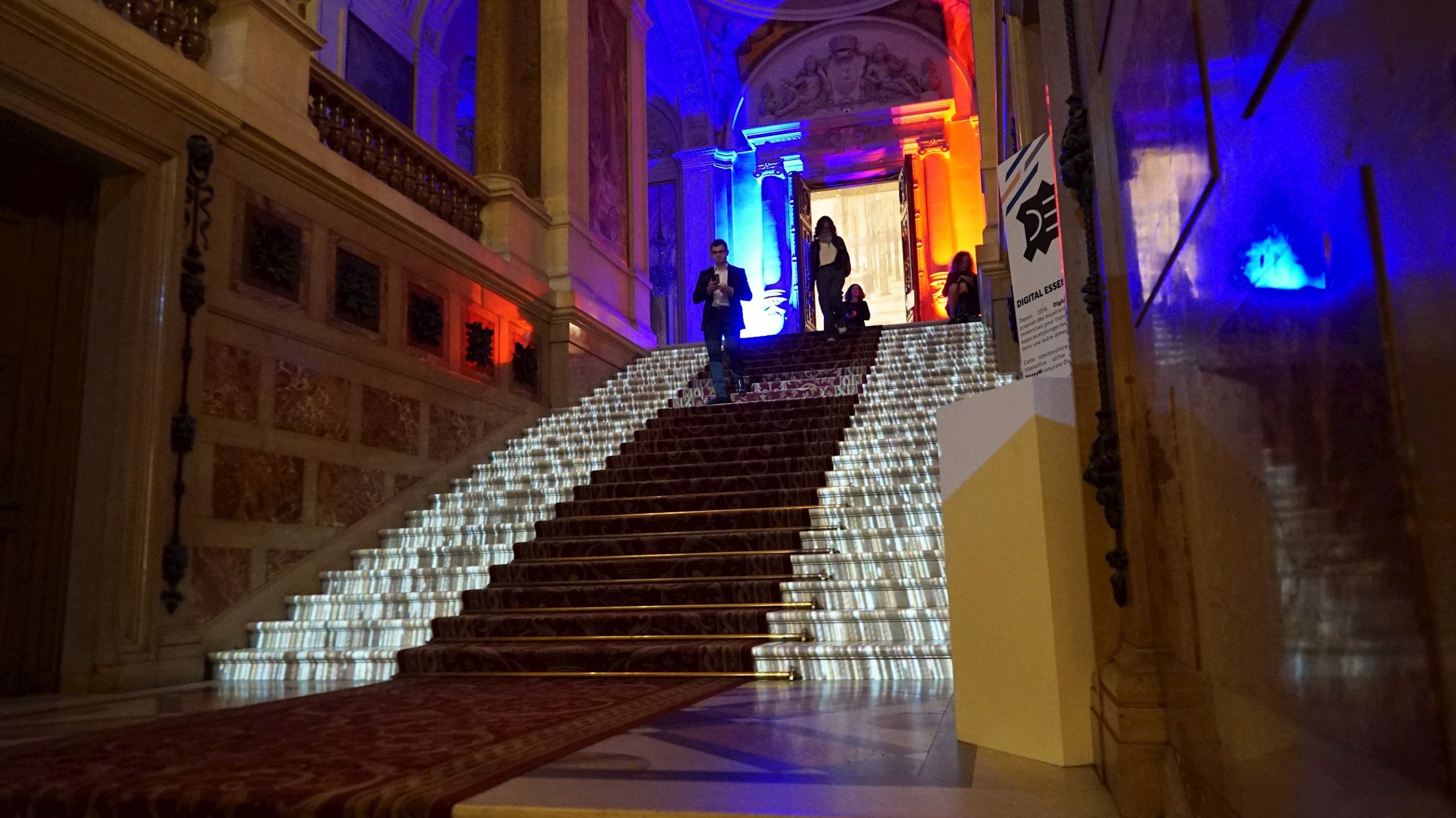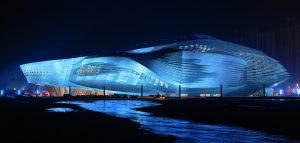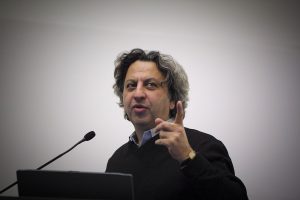Digital Art
Is an artistic work or practice that uses digital technology as part of the creative or presentation process. Since the 1960s, various names have been used to describe the process, including computer art and multimedia art. Digital art is itself placed under the larger umbrella term new media art, the famous maxim by French philosopher Lavoisier sounds increasingly truer nowadays as all aspects of our lives are gradually changing ; “Nothing is lost, nothing is created, everything is transformed”.

What is Digital Art?
Digital art, therefore, only differs from traditional art in the tools used to produce or distribute the creative content. Art, in a general sense, is not defined through the means wielded to achieve a piece, more so through the emotion, vision and message the artist can convey. For example, a painting canvas is a medium through which an artist may create art and deliver ideas and inspirations. In the same way, a computer is but a tool through which the artist can express his sense of line, form, color, composition and rhythm.
After some initial resistance, the impact of digital technology has transformed activities such as painting, literature, drawing, sculpture and music/sound art, while new forms, such as net art, digital installation art, and virtual reality, have become recognized artistic practices. More generally the term digital artist is used to describe an artist who makes use of digital technologies in the production of art. In an expanded sense, “digital art” is contemporary art that uses the methods of mass production or digital media. The creative elects mediums to tell the artistic stories she/he wants, whether oils, watercolors or pixels, and the notion of technology intervenes in the practice to enhance the media as well as to embellish, characterize and ascertain the message.
may it be as to how we work, entertain ourselves or learn new things. In the same way, art, like any other practices, evolves and keeps on developing as artists and technology push the boundaries of what is known and possible further. Digital technology shakes up our artistic habits and the way we envision creativity. We are all familiar with the traditional seven forms of art, and it is common knowledge as to what defines and differentiates them. Digital art and the forms it may take, however, is an entirely different story. From that point on, let us then try and establish what are the types of digital art and discover how you can easily master one.
Digital art is a vast landscape with creation methods and techniques as varied as they are numerous. It revolves around one central notion which is the involvement of computer-based technologies. Besides, it falls into three main categories: Computer-Generated Visual Media, Digital Photography & Darkroom and Digital Installation Art through projection mapping for example. There are several subcategories and, of course, the artist can combine any and all to create their own unique vision.
Techniques of Digital
The techniques of digital art are used extensively by the mainstream media in advertisements, and by film-makers to produce visual effects. Desktop publishing has had a huge impact on the publishing world, although that is more related to graphic design. Both digital and traditional artists use many sources of electronic information and programs to create their work. Given the parallels between visual and musical arts, it is possible that general acceptance of the value of digital visual art will progress in much the same way as the increased acceptance of electronically produced music over the last three decades.
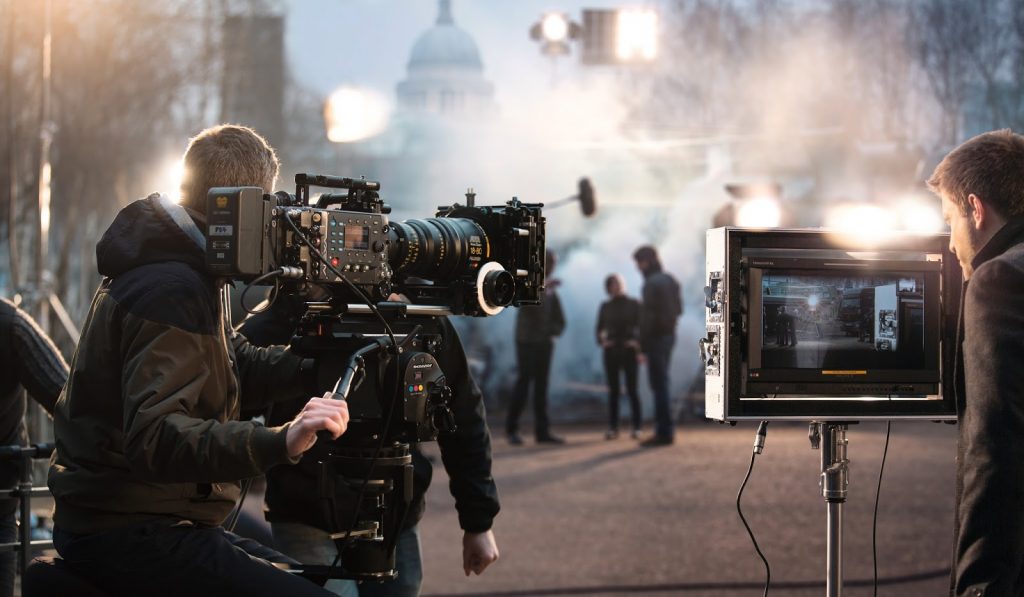
What tools are used to produce Digital Art?
Media art can be purely computer-generated (such as fractals and algorithmic art) or taken from other sources, such as a scanned photograph or an image drawn using vector graphics software using a mouse or graphics tablet. Though technically the term may be applied to art done using other media or processes and merely scanned in (from scanography ), it is usually reserved for art that has been non-trivially modified by a computing process (such as a computer program, microcontroller or any electronic system capable of interpreting an input to create an output); digitized text data and raw audio and video recordings are not usually considered graphic arts in themselves, but can be part of the larger project of Computer art and information art. Artworks are considered Digital painting when created in a similar fashion to non-digital paintings but using software on a computer platform and digitally outputting the resulting image as painted on canvas.
Andy Warhol created digital art using a Commodore Amiga where the computer was publicly introduced at the Lincoln Center, New York in July 1985. An image of Debbie Harry was captured in monochrome from a video camera and digitized into a graphics program called ProPaint. Warhol manipulated the image adding colour by using flood fills.

Amidst varied opinions on the pros and cons of digital technology on the arts, there seems to be a strong consensus within the digital art community that it has created a “vast expansion of the creative sphere”, i.e., that it has greatly broadened the creative opportunities available to professional and non-professional artists alike. Whilst 2D and 3D digital art is beneficial as it allows preservation of history that would otherwise have been destroyed by events like natural disasters and war, there is the issue of who should own these 3D scans – i.e. who should own the digital copyrights
Now that we have agreed on what digital art encompasses, let’s dive into the different types of digital art.
Types of Digital Art
Digital Photography
The term is used when the artist uses a digital camera to produce the optimal shot which traditional cameras wouldn’t otherwise achieve. The photographs are then digitized and translated into a computer environment. There, the digital photographer uses special effects and image editing softwares to execute darkroom-like operations. Digital photographers generally consider that once the shot is snapped, only half the work is done. One of the most used applications for this truly delicate editing work is Lightroom from the Adobe Suite.
Integrated Digital Art
This is known as the “mixed media” or “interdisciplinary art” of the digital art world. In fact, the original meaning of this appellation is meant to design the combination of more than one form of art to achieve unique results. The digital environment is much less restricted compared to traditional mediums. Therefore, the artist has complete and total control over how she/he wants the creation to render.

Digital Painting
Digital painting could be considered at the essence of what digital art is right now. It is actually one of the most practiced types of digital art form of our technological age. Through computers, digital painting art can be done professionally, using the myriad and ever-augmenting number of features it requires with 2D and 3D digital paintings as the most famous forms. 2D images are fully rendered in the computer virtual environment with the use of painting tools that mirror natural media styles. 2D creations can serve as a base for 3D modeling and rendering softwares which are essentially used to sculpt in virtual space.

Photo-painting
The term photo painting was invented during the ascension of computer editing and along with the term “photoshopping”. Photo-painting is a practice coupled with digital photography. This practice is not a manual process. Actually, after shooting the optimal photograph and displaying it on the computer, the artist paints on the digital picture with editing software tools and applications
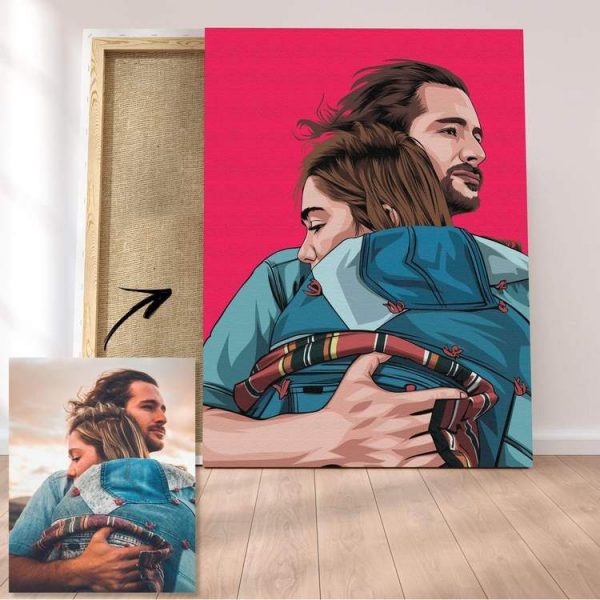
Computer Graphics
The computer art form is comprised of 2D and 3D computer graphics. 2D computer graphics are developed from two-dimensional standards like texts and digital images. It is employed to turn conventional forms of art into digital art that can then be used for television and film industry ventures and animation. 2D graphics, such as typography, cartography, scientific illustration and ads, are commonly drawn from conventional graphics.
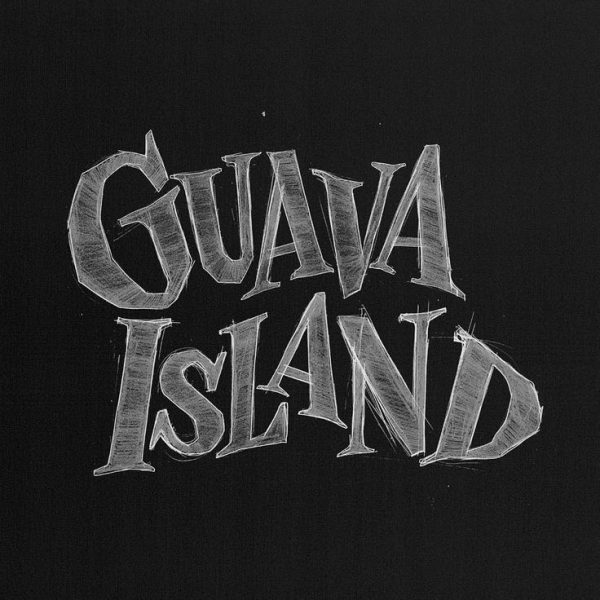
3D computer graphics, on the other hand, are used to create three-dimensional animated volumes such as video game characters or talking objects in an animated movie. Their usage is becoming more and more widespread and outgrows artistic practice as it is now seen in TV commercials and communications deployments overall.

Vector Drawing
The artist uses vector drawing software to create the images in a fully virtual environment. Vector paintings include shapes and straight lines that can be represented in geometrical formulas and filled with various colors and patterns. It is simple afterwards for the artist to control and change shadows, transparency, groups and so on.

Algorithmic & Fractals
This art is generated fully through mathematical calculations. The art here is defined by the invention of mathematical formulas as well as the development of computer programs that will take advantage of the display capabilities of the hardware. Moreover, digital shaders are regular usage of algorithmic codes, and can be created on Unity for example. Finally, creativity can be highlighted in this practice by the creative intentions and successive selections of the artist.
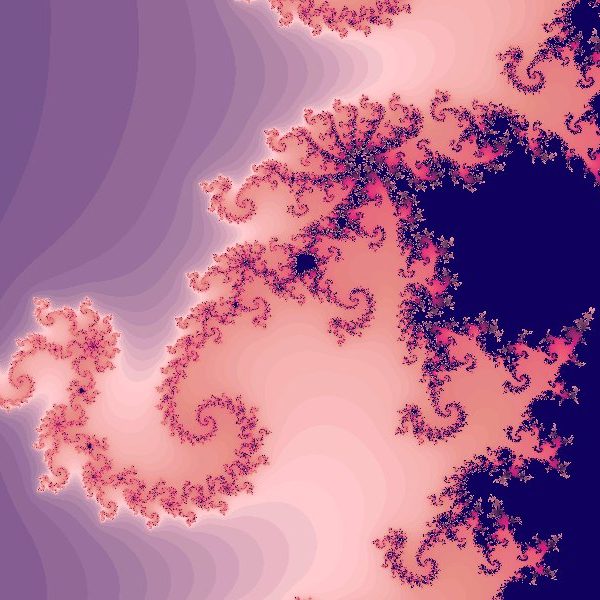
Projection Mapping
Projection mapping, similar to video mapping and spatial augmented reality, is a computer-based projection technique used to turn objects, often irregularly shaped, into a display surface for video projection.
It can be seen in many different scenarios. In fact, it can be monumental or at a reduced scale, it is used in fashion shows as well as corporate workshops, and it is installed in many pop-up exhibitions in addition to countless permanent installations. While its most famous form surely is the mapping of buildings, most people have witnessed its application in their everyday lives without even being aware of it or knowing the term.
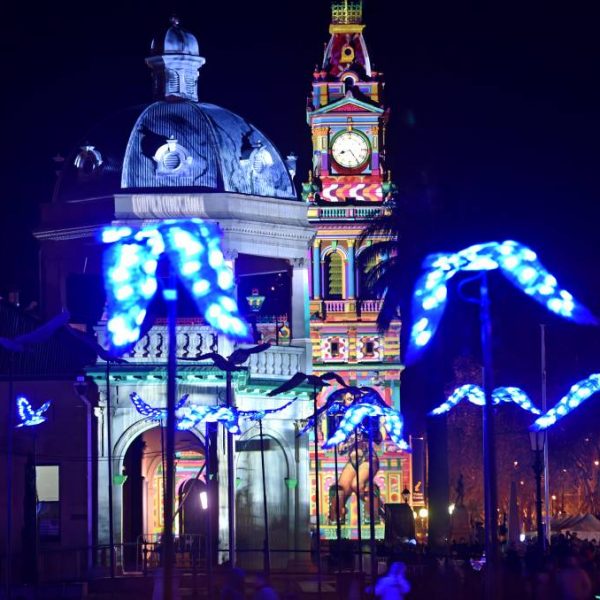
Projection mapping: the digital art you can master
Projection mapping’s particular nature makes its characteristics special and central in the realm of digital art. In fact, this practice can act fully and both as a medium for all digital artworks and as the main focus of a creation.
All the types of digital art cited above can be included in visual arts, and therefore need to be seen to be appreciated. Projection mapping has the inherent ability to sublimate and magnify everything that can be seen. Indeed, every digital project can be translated or run through a computer which can in turn, deliver the relevant signals and technological information into a projector.
Projection as a medium
Many artists have their own crafts and specializations, their focus is set on the art they produce. They know what they do and they are good at it. And sometimes, they realize their work can be transformed and amplified when crossed with another art form. That’s where projection mapping plays a crucial role. In fact, mapping can take a completed piece and simply magnify the message by projecting it.
As examples
Live Fractals
The creative coder who creates fractals and algorithmic works solely concentrates on the formulas needed, and his/her achieved production put on display through mapping adds a greater display dimension.
Amazionan Faces
A photographer has his/her camera as its main tool, and they want to deliver a specific message, they wield it as their weapon. Just like artist Roberta Carvalho did when she wanted to expose the burning of Amazonia, and took pictures of the inhabitants of the rainforest. While the photographs made their points in the different exhibitions they were in, the faces of indigenous people mapped on the actual Amazionan trees had a whole other social and cultural impact.
Snow wall movie
Who doesn’t love winter sports? The shooting and making of extreme sports accomplishments movies is becoming an art in itself. An increasing number of people are getting involved in this practice, helped by the evolution of technology and means of filming. Graham Whatmough has made it a passion of his, and when his passion met a projector, mapping a snow wall to reveal his adventurous exploits became a must.
These were some types of digital art and traditional art taken in completed status and embellished afterwards through projection mapping. Such a trick is easy to accomplish if you have the right tools. With HeavyM, you can easily import any kind of media file whether it’s videos, photos or even webcam streams directly into the software and focus solely on your specialty to then create astonishing experiences. Simply define the area you want to project on thanks to HeavyM’s intuitive drawing and creative tools to easily adapt your mapping to the events where you perform.
Moreover, HeavyM is compatible with Syphon and Spout to exchange video streams between applications. Therefore, if you’re creating digital art through other content creation softwares such as Resolume or TouchDesigner, you will be able to modify and adjust your artwork in real time while it’s projected on the desired surface.
As examples
Monumental
As stated earlier in this article, that might be the most famous form of projection mapping. Indeed, to entirely transform a monumental building into a work of art is certainly no easy task, especially through usual means. This is a typical case where technology renders possible what would otherwise not be. Take the Sydney Opera House for example, the building covers 1.8 hectares (4.4 acres) of land, is 183 m (600 ft) long, 120 m (394 ft) wide at its widest point and the highest roof point is 67 metres above sea-level which is the same height as that of a 22-storey building. To consider oil painting this kind of surface would be ludicrous. But digital live paintings through projection mapping has become a familiar treat for the Australian icon with the Vivid Sydney Festival. Mapping is at the core of the creative process and helps artists envision original creations.
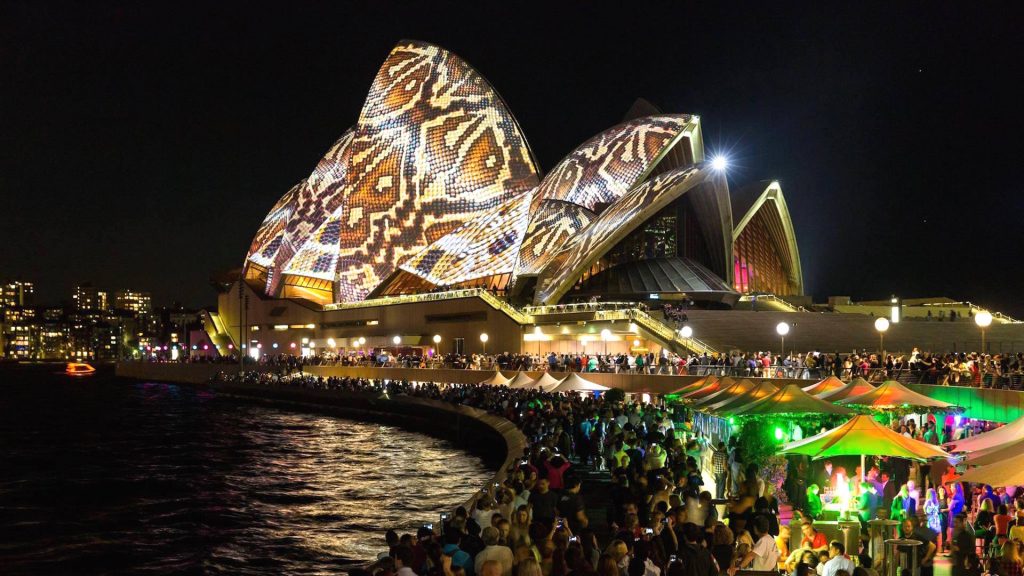
Interactive
One of the key attributes of projection mapping is that it can transform any and everything into a piece of art. With a projector, the world is literally your canvas. And with the world at hand, an artist’s dream is to share his/her creation with an audience, to make them experience it like never before and make them feel as though they are part of the creative process. And there’s not many better things than adding an interactivity notion to your art for that. Once your art is created, make it react through touch in order to completely involve the audience. That’s what HeavyM did for Paris City Hall. We mapped the stairs of one of France’s capital’s oldest building, and made it react to each visitors’ step. As a result, every visiting person was left thrilled by experiencing this happening that wouldn’t have been possible without projection mapping.
Music reactivity
In terms of experience, most people will tell you their most memorable art-related moment is related to sound and music, whether it’s at a concert, festival or a smaller scale event. Scenic designers and music artists are starting to understand that, and collaborations and crossing of the two arts started to flourish in the early 2000’s, especially in the electronic music scene. French DJ Etienne de Crécy was a pioneer of that rise and his use of projection mapping on giant cubes during live shows became iconic. The cubes light up in different manners and show various effects according to the beats played by De Crécy. The projections are perfectly synchronized with the music and the mapping reacts in a seamless fashion which gives the audience the impression that they are hearing what they see and vice versa.

These examples show that projection mapping acts as the primary focus for the artist and that those performances would not be possible without this specific practice. Projection mapping is, in that case, a digital art in itself while other forms of art are there to feed it and complement the creations.
Mastering this form of digital art is in your reach with the simplest to use and most user-friendly projection mapping software. In fact, HeavyM was designed for artists and thought up to enable creating immersive experiences. Thanks to its built-in sound analysis, you can create a show with perfect visual and sound coherence.
If you want to focus solely on your musical performance, you can automate the sound synchronization and the visual effects will respond and react spontaneously to create epic shows.
Also, creating mapping content becomes an easy task with the world’s largest projection mapping effects library.
With more than 1,000 potential combinations, you can bring your most creative ideas to life with HeavyM’s library of visual effects and ready-to-use content. And if your desired area of projection seems too intricate to project on, well we have a tool for that too. Feel free to project your content on the most insurfaces, thanks to the warping module. This great image warping tool allows you to perfectly fit your media to objects. The warping grid becomes your best ally to fulfill your ideas and desires with success.
This was a peek into some types of digital art ; the advantage of technology is so that they can all be combined and crossed to create authentic and innovative creations. However, to cross a multitude of arts requires a certain level of mastery in the practices in question. Whether you have some or none, the art of projection mapping is within your grasp with the world’s simplest to use and most user friendly projection mapping software.
